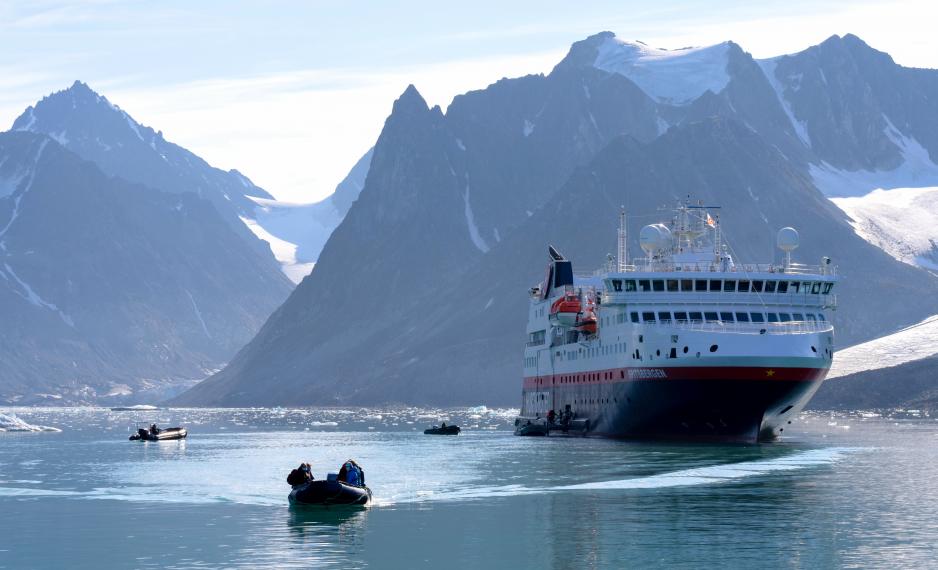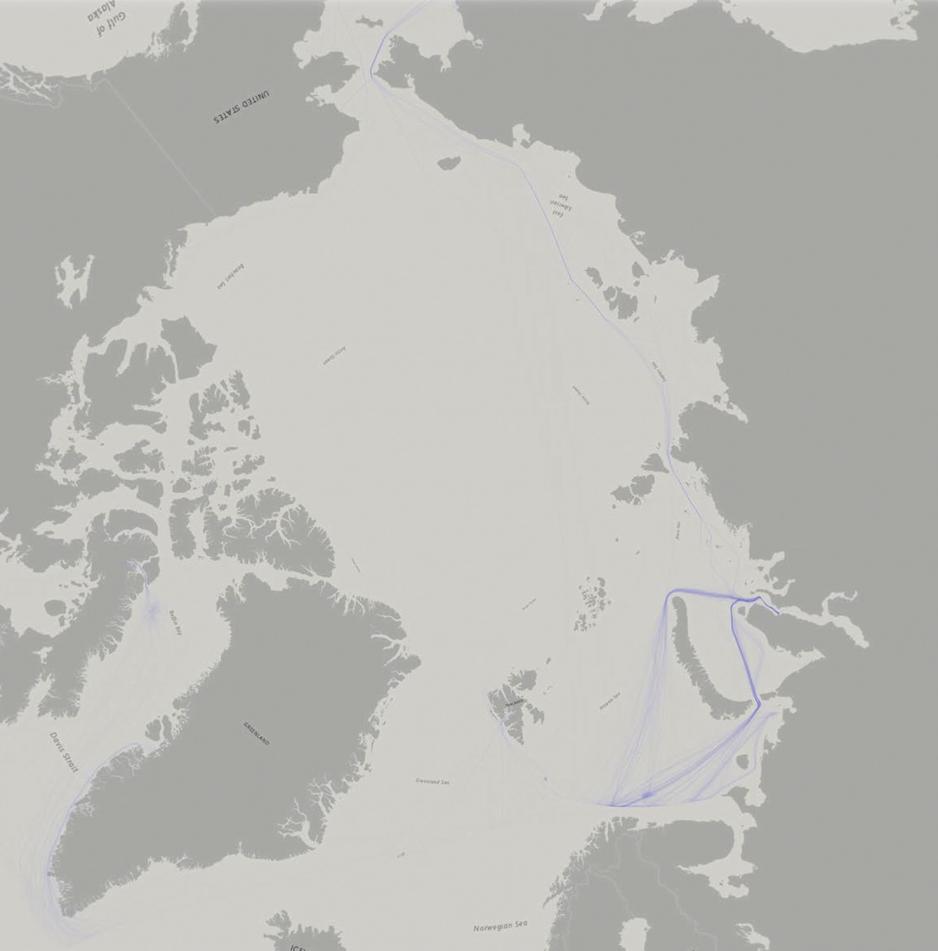Norway announces plans to ban HFO around Svalbard, leapfrogging proposed IMO regulation
The week before the IMO is expected to finalize a proposed heavy fuel oil ban for the entire Arctic, Norway announced plans for more stringent regulation for waters surrounding Svalbard.

The Norwegian government is finalizing plans for a ban of heavy fuel oil in the waters around the Svalbard archipelago. The use of HFO has been outlawed in the waters of Svalbard’s national park since 2015, but this proposed ban would significantly expand the area in which the use of HFO will be prohibited.
This expanded ban could come into effect as early as January 1, 2022.
The policy initiative comes in light of growing vessel traffic around the archipelago, especially from cruise ships.
“A spill of heavy oil will be catastrophic for nature and the environment. But it will also have an impact on the reputation of tourism in Svalbard. Therefore, we must do everything we can to prevent the unthinkable,” Minister of Climate and Environment Sveinung Rotevatn told NRK.
Norway’s efforts surpass proposed regulation by the International Maritime Organization to ban HFO throughout the Arctic. This initiative has been under discussion for more than a decade and a proposed ban has been repeatedly criticized by environment groups as ineffective due to numerous loopholes.
A IMO subcommittee is expected to vote on the proposed ban next week.
While HFO is not the most frequently used type of fuel in the Arctic — distillate marine fuel oils are the most common — it is by far the most dangerous to the environment. Heavy fuel oil is the heaviest and most viscous type of residual fuel oil, which in case of an accidental spill would be very difficult to clean up in the Arctic.
It also produces a lot of soot, or black carbon, when it is burned in a ship’s engine. Black carbon is especially harmful in the Arctic where it can settle on and increase the melt rate of sea ice.
Norway’s initiative was received well by environmental groups, including the Clean Arctic Alliance, a group of 20 not-for-profit organizations committed to a ban on use of HFO as marine fuel in the Arctic.
“We welcome this important commitment by Norway to protect the waters around Svalbard from the risks of heavy fuel oil spills, and its glaciers and sea ice from the impacts of black carbon emissions caused by the burning of HFO. Norway leads the way amongst Arctic nations in getting rid of HFO from Arctic waters, and is demonstrating international leadership by going above and beyond the weak ambitions of Arctic HFO ban currently being considered by the International Maritime Organization,” said Sian Prior, the Alliance’s Lead Advisor.
Growing use of HFO
The effort to ban HFO around Svalbard comes just days after a new study by the Arctic Council’s working group for Protection of the Arctic Marine Environment (PAME) showed that HFO use in the Arctic increased more than any other type of fuel over the past few years.
In 2019, 1725 ships entered the Polar Code area of the Arctic. Of these, 165 vessels carried or used HFO. This type of fuel is used primarily by bulk carriers, passenger ships, LNG carriers and oil tankers.
Vessels using HFO operated primarily in the Russian Arctic with the majority of traffic occurring between the port of Sabetta and the Barents Sea. Additionally, there is some HFO use around Svalbard, along eastern parts of Russia’s Northern Sea Route and to the west and south of Greenland.

While the number of unique vessels in the Polar Code area of the Arctic increased by only around 2 percent between 2016 and 2019, the number of vessels using HFO grew more than 40 percent from 117 to 165 ships.
Overall fuel consumption in the region over that period grew by 82 percent indicating that ships are traveling longer and longer distances in the Arctic. The biggest increase in fuel consumption comes from LNG carriers which did not operate in the region in 2016 but accounted for 28 percent of fuel use last year.
Pending HFO ban
The IMO’s Marine Environment Protection Committee is expected to adopt a draft regulation for the ban of HFO in the Arctic during its meeting on November 18. It will then be taken up by the full IMO in 2021.
The pending regulation calls for a ban of HFO in 2024. However, environmental advocates warn that a number of loopholes in the proposed regulation would allow Arctic states, especially Russia, to continue using this type of fuel until 2029.
Environmental groups estimate that up to 74 percent of HFO consumption will be able to continue until 2929 under the proposed ban.
“The Clean Arctic Alliance does not support the International Maritime Organization Arctic HFO regulation (or ban) as currently drafted and is calling on IMO Member States to modify the draft regulation before it is approved”, said Prior.
“It is essential that the ban on HFO use and carriage as fuel in the Arctic is ‘fit for purpose; and enters into force quickly and provides the Arctic with the level of protection that it so desperately and urgently needs”.
The group said that it hopes that Norway’s initiative can serve as an impetus for other Arctic states to agree on a stronger and more effective HFO ban throughout the Arctic.